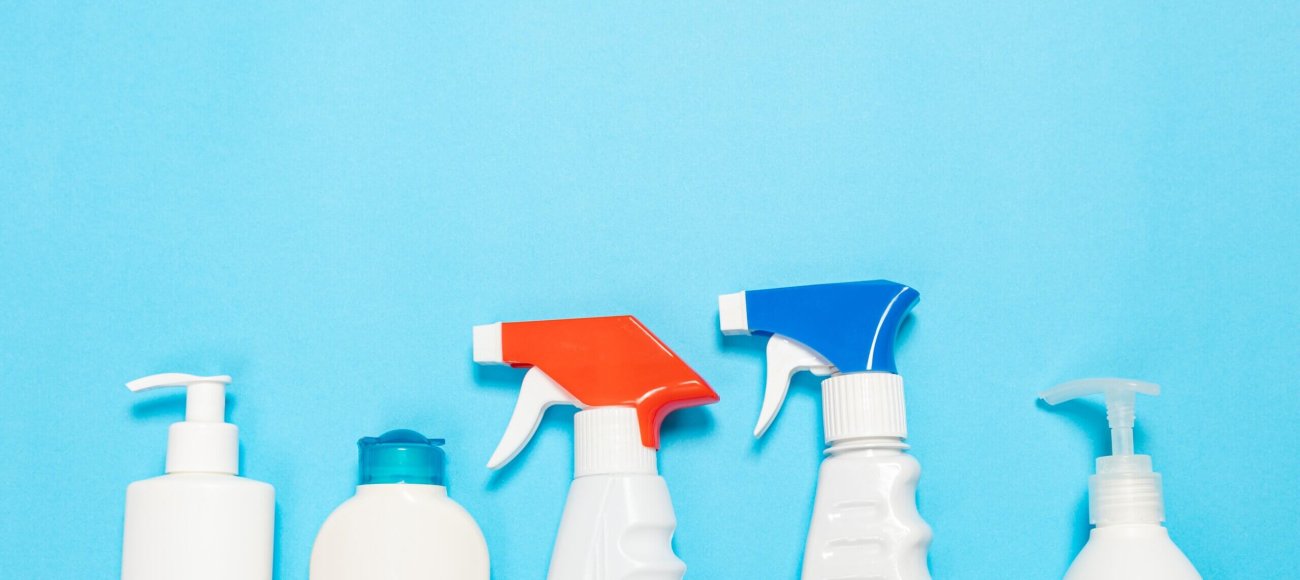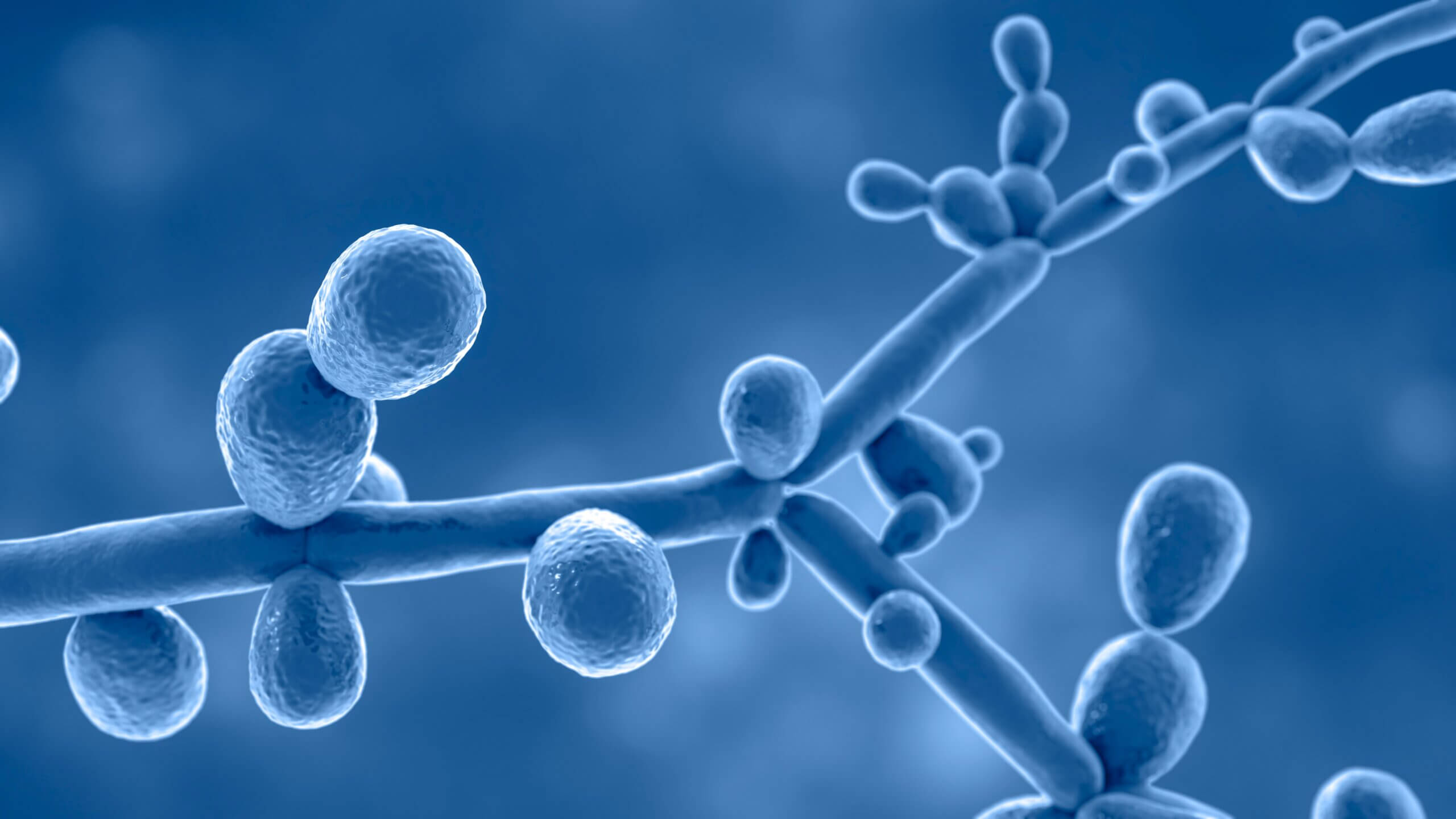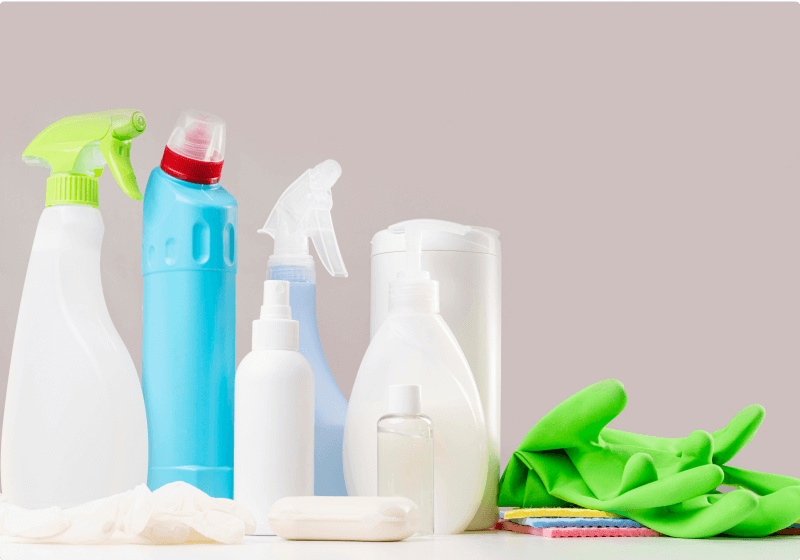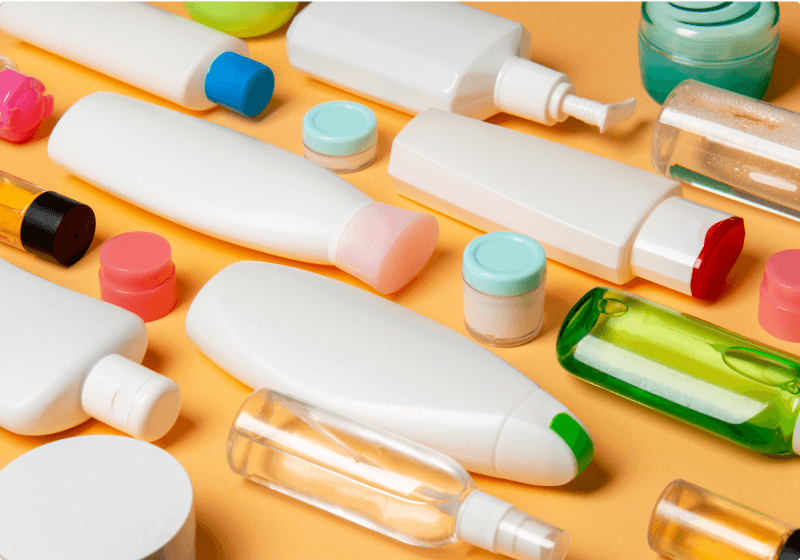Disinfectants are crucial for health and wellness, especially with the emergence of new pathogens and growing resistance against traditional antimicrobial agents. Rigorous testing and evaluation are required to ensure that available products are safe and effective. Safety and toxicology are paramount in disinfectant development to ensure that a product not only kills harmful microorganisms but also does so without posing risks to human health or the environment. This article explores the requirements for safe disinfectant development and outlines the main considerations and challenges.
Understanding Disinfectant Development
Safe disinfectant development involves preparing chemical agents capable of inactivating or killing pathogens on various surfaces, instruments, and skin. Products must comply with regulatory standards set by organizations such as the Environmental Protection Agency (EPA) and the Food and Drug Administration (FDA). This process includes identifying active ingredients, formulating disinfectants, and implementing extended safety measures and efficacy testing. Rigorous attention to these steps is crucial for safe disinfectant development.
Safety in Disinfectant Development
Ensuring Human Health
- Toxicity Assessment: Safety for human use is a major concern in disinfectant development. Toxicity assessments evaluate potential effects on human health, such as acute toxicity, skin and eye irritation, and respiratory effects due to exposure to disinfectants.
- Safe Usage: Disinfectants should be safe for use in places such as hospitals, schools, and homes. Ensuring that the disinfectant is used according to instructions helps confirm the product will not cause harm. Addressing the potential for accidental ingestion, inhalation, or skin contact is also an important aspect of safe disinfectant development.
- Long-Term Exposure: Long-term exposure to disinfectants needs to be assessed. Chronic toxicity research examines the potential health effects over time, including carcinogenicity, reproductive toxicity, endocrine disruption etc.
Environmental Impact
- Biodegradability: Ideally, disinfectants should be biodegradable to minimize their environmental impact. Evaluating the biodegradability of disinfectant ingredients makes sure that they finally break down to harmless substances.
- Ecotoxicity: Another important consideration is the impact of disinfectants on aquatic and terrestrial ecosystems. Ecotoxicity studies are conducted to evaluate the potential hazard to non-target organisms, which include fish, birds, and beneficial insects.
Toxicology in Disinfectant Development
Identifying Safe Ingredients
- Active Ingredients: The selection of active ingredients is crucial to safe disinfectant development. Toxicological studies identify active ingredients that can kill pathogens without harming humans or the environment and that are safe and effective.
- Inert Ingredients: In addition to active ingredients, most disinfectants contain inert ingredients that increase stability, efficacy, or attractiveness. Toxicology assessments ensure these inert ingredients are safe to use.
Formulation and Stability
- Product Stability: Disinfectant formulations must remain stable to retain their efficacy and safety throughout their shelf life. Stability testing assesses the product’s strength and safety under various storage conditions.
- Interaction of Ingredients: Toxicology studies examine the interactions between active and inert ingredients in the formulation. These interactions can influence the overall safety and efficacy of the product.
Regulatory Requirements for Disinfectant Development
EPA and FDA Standards
- EPA Registration: The United States Environmental Protection Agency (EPA) regulates disinfectants used on environmental surfaces. Manufacturers must provide data on a product’s efficacy, toxicity, and environmental impact to support EPA registration. This data is critical for ensuring a product meets regulatory requirements.
- FDA Approval: The FDA regulates disinfectants used on medical devices and surfaces that come into contact with skin. FDA approval requires rigorous testing to ensure the product is safe for human use and effective.
International Standards
- Global Harmonization: Different countries have their own regulatory standards. Global harmonization efforts seek to create uniform standards and test protocols worldwide, facilitating international trade and ensuring disinfectant safety globally.
- Compliance with Local Regulations: Manufacturers must comply with various regulatory requirements in all markets where their products will be sold. This may involve additional safety and efficacy testing to meet local standards.
Challenges in Disinfectant Development
Evolving Pathogens
- Antimicrobial Resistance: The development of antimicrobial resistance is a significant challenge. Ensuring disinfectants remain effective against resistant pathogens requires continuous research and innovation.
- Emerging Pathogens: New and emerging pathogens pose additional challenges. These hazards necessitate the rapid development and testing of new disinfectants to address public health threats.
Balancing Efficacy and Safety
- Effective Formulation: Formulating a disinfectant that is both effective and safe can be challenging. Maintaining potent antimicrobial action while ensuring low toxicity presents a delicate balance.
- User Safety: Ensuring user safety from disinfectant exposure is crucial. This means reducing potential harmful health impacts from product contact for end-users, healthcare workers, and the general public.
Comprehensive Testing
- Cost and Time: Toxicity and safety testing are time-consuming and costly. Manufacturers must invest significantly to ensure their products meet all regulatory requirements, which is an essential investment in the safe disinfectant development process.
- Innovation in Testing Methods: Continuous innovation in testing methods is needed to provide reliable and efficient data on product safety and efficacy. Advances in in vitro testing methods and computer modeling offer hope for improving the testing process.
Conclusion
Safety and toxicology are fundamental aspects of disinfectant development. Ensuring disinfectants are effective and safe requires rigorous testing and compliance with regulatory requirements. Addressing these challenges helps manufacturers in safe disinfectant development, that protect public health without posing risks to humans or the environment. Continued research, collaboration with regulatory agencies, and consumer education are essential for advancing this field.
For healthcare facilities and manufacturers seeking to ensure the safety and efficacy of their disinfectant products, Microbe Investigations Switzerland offers comprehensive testing services. Contact us to verify the effectiveness and safety of your disinfectants against a broad range of pathogens and ensure they meet the highest standards.














